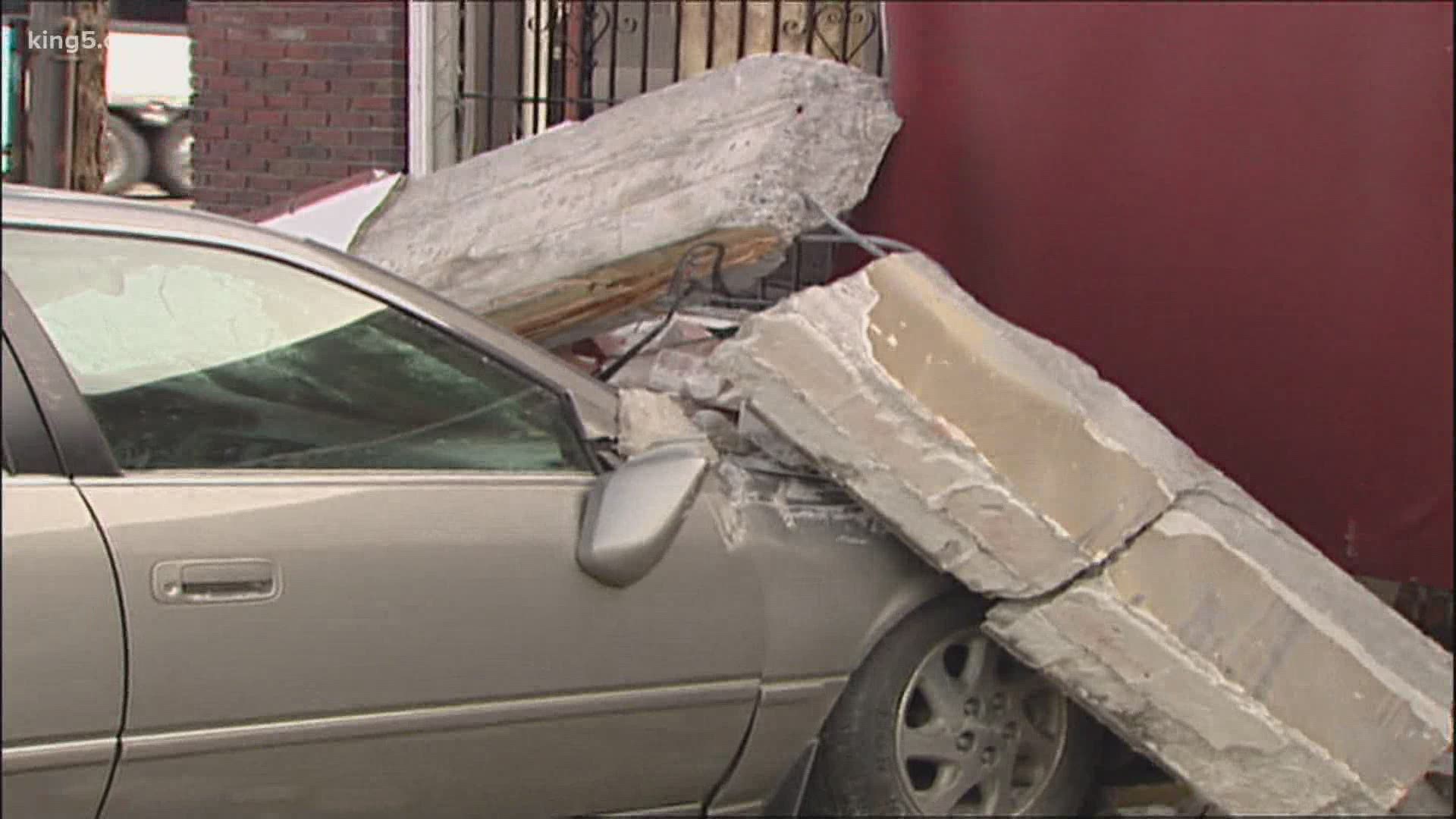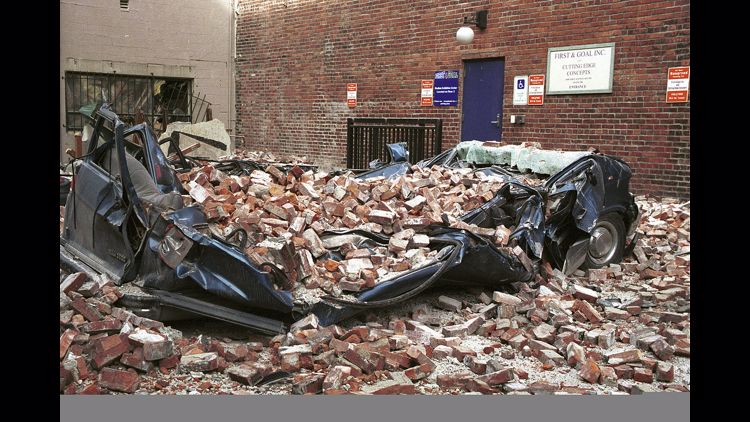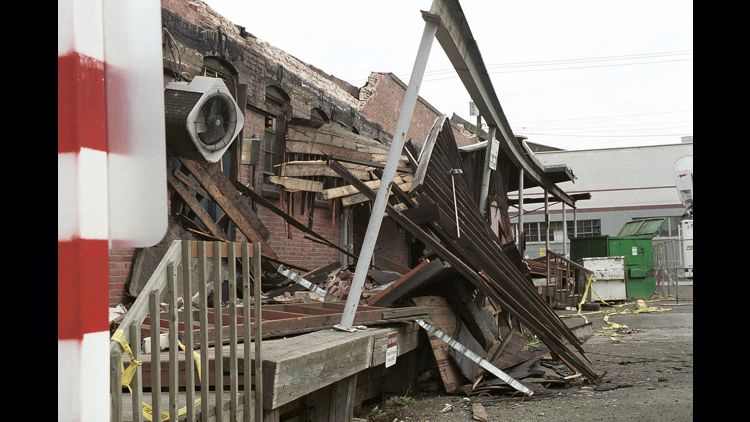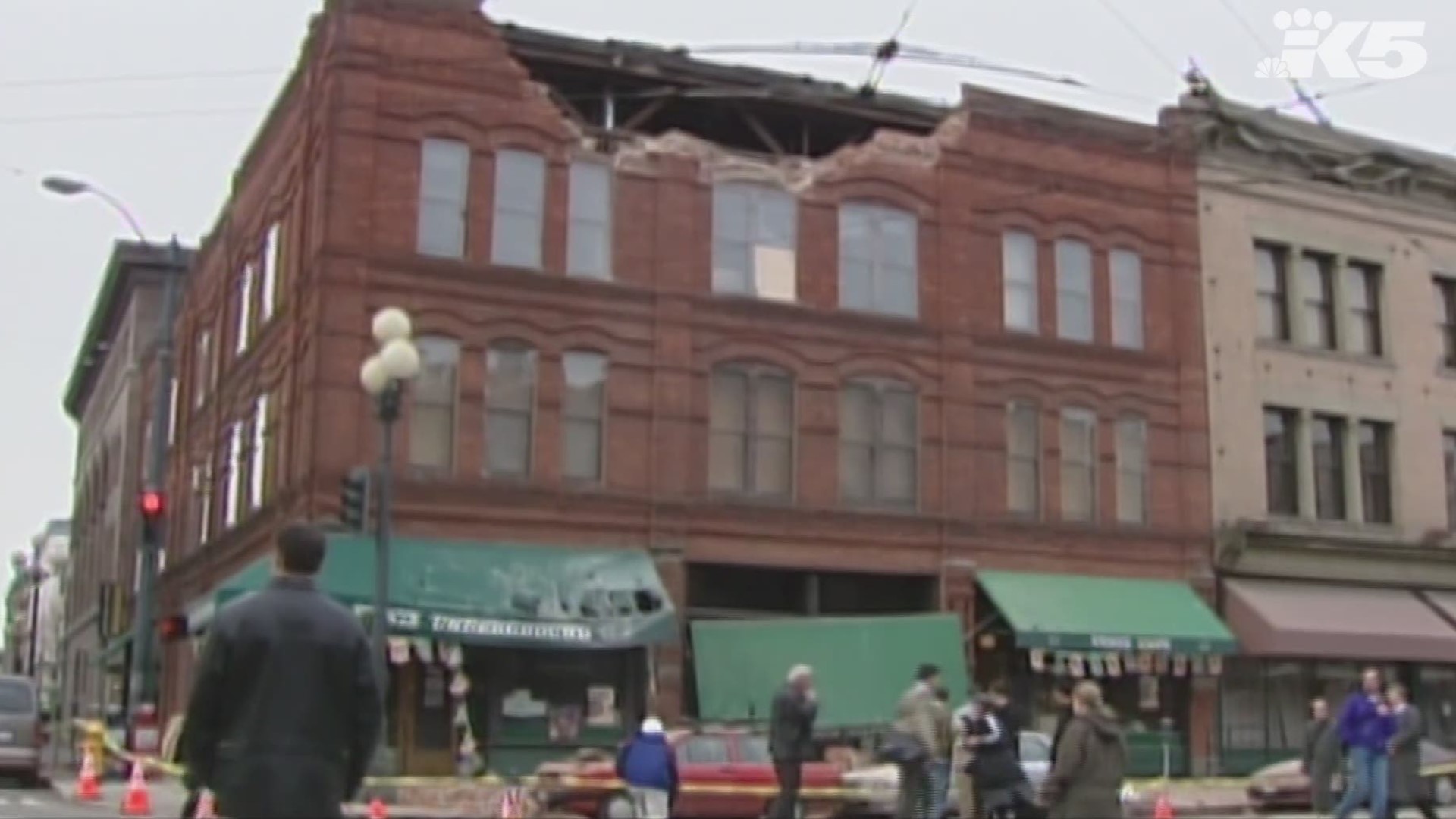SEATTLE — Sunday, Feb. 28 marks the 20th anniversary of the largest earthquake to shake the Pacific Northwest since the 1960s. The Nisqually quake reminded Washington state that this is earthquake country.
The magnitude 6.8 Nisqually earthquake in 2001 shook western Washington and beyond, seriously damaged or destroyed some buildings and roads and impacted bridges. The quake struck from a fault more than 35 miles under the Nisqually Delta, 11 miles north of Olympia, giving the quake its name.
The worst damage was in downtown Olympia, including the state capitol and to Pioneer Square in Seattle. Tacoma was largely spared.
The quake was felt as far away as southern British Columbia, central Oregon and northwestern Montana, according to the U.S. Geological Survey. The shaking lasted less than one minute.
The quake injured about 400 people. However, nobody died as a direct result of falling bricks or debris. A heart attack victim was the only fatality associated with the quake.
Damage estimates were placed at several billion dollars.
Although it was one of the largest earthquakes the region has experienced in recent history, Bill Steele, Pacific Northwest Seismic Network communications director, has said it was a "moderate" quake. Larger ones are expected from the Cascadia Subduction Zone off the Pacific Coast or the Seattle Fault.
Photos: Damage from 6.8 Nisqually earthquake in 2001
Previously, the biggest earthquake to hit the Seattle area was the 1965 Puget Sound earthquake, which was felt over approximately 130,000 square miles, according to a U.S. Department of Commerce report. Three people were killed by falling debris in the magnitude 6.5 earthquake and four other people died of heart failure. Damages were estimated at about $12.5 million.
Seven years before the Nisqually earthquake, the Northridge earthquake in southern California killed nearly 60 people, wiped out buildings, brought freeway bridges crashing down and cost upward of $50 billion.






